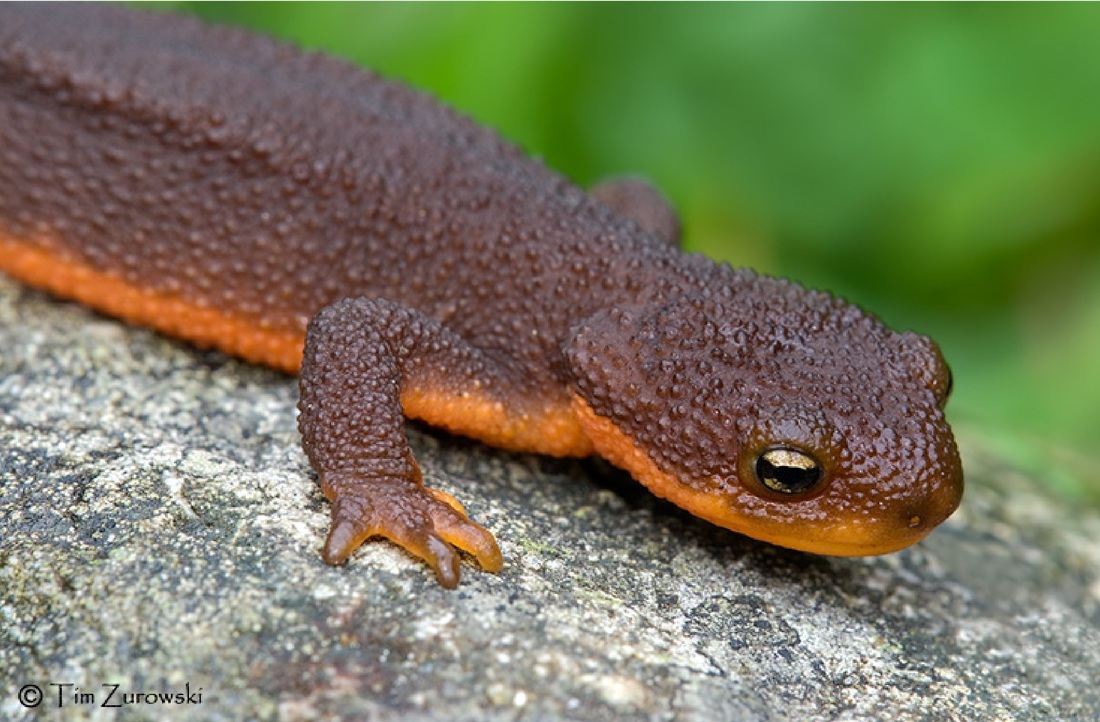
Wildlife Pacific Maritime Terrestrial Ecozone
The Orange-bellied Salamander (Plethodon cinereus) is a species of woodland salamander found in the eastern United States and Canada. It is one of the most slender and graceful salamanders, with a bright orange belly. The adult salamanders typically grow to between 5-7 cm in length. They have a black body with silver to gray sides and a bright.

Larch Mountain Salamander (Plethodon larselli) Orange back… Flickr
The California newt or orange-bellied newt, with scientific name Taricha torosa, is a newt found mainly in California, Western North America. Description 4. A large-bodied salamander. Terrestrial adults have a light brown to dark brown dorsum with a yellowish to orange belly. The skin is dry with small bumps or warts and costal grooves are not.
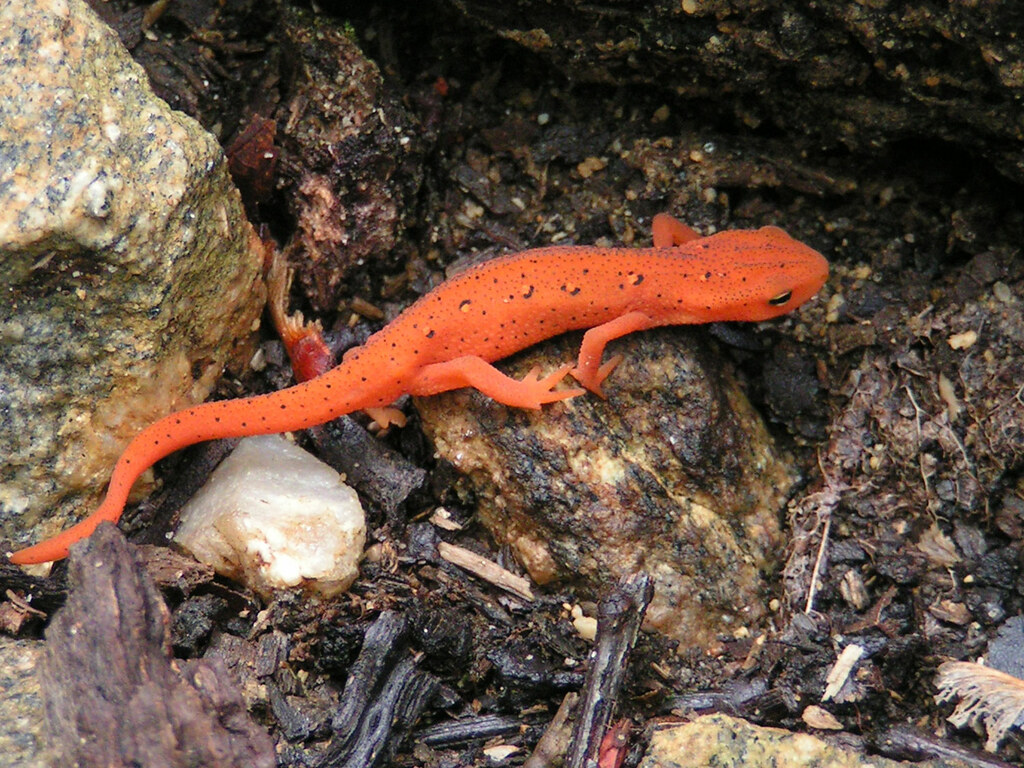
Orange Salamander I've been waiting for years to photo one… Flickr
The orange-bellied, rough-skinned newt is one of the most poisonous creatures going. The merest bite creates a severe burning sensation in the mouth.. red-legged frogs and long-toed salamanders. Handling them is a treat: They have soft, smooth skin, sweet faces and delicate, grasping arms and toes. It's OK to pick them up, but don't.

yellow salamander Google Search Salamander, Amphibians, Reptiles and amphibians
Appearance. Both males and females are brown in colour with spotty, orange bellies. These black spots extend up the throat. During the breeding season, males have a wavy crest along their backs. Adults can reach up to 10cm long from nose to tail. Newt larvae develop their front legs first and have feathery external gills behind their heads.

Orange Salamanders
The name "fire belly newt" refers to various aquatic species of salamander, which have become popular as pets in recent years. This is in part due to the ease of their care compared to other exotic amphibians.. Unlike other species in the genus Cynops, the Chinese fire-bellied newt does not have an orange mark behind the eye. Their belly.

5x5 Square Photograph Orange Spotted Newt or Salamander Macro. Fish pet, Animals, Orange
Family. Salamandridae. Genus. Taricha. SPECIES. Taricha torosa. The California newt or orange-bellied newt ( Taricha torosa ), is a species of newt endemic to California, in the Western United States. Its adult length can range from 5 to 8 in (13 to 20 cm). Its skin produces the potent toxin tetrodotoxin.
The Öko Box Orange Salamander with Black Spots
Salamanders are a group of amphibians typically characterized by their lizard-like appearance, with slender bodies, blunt snouts, short limbs projecting at right angles to the body, and the presence of a tail in both larvae and adults.All ten extant salamander families are grouped together under the order Urodela from the group Caudata. Salamander diversity is highest in eastern North America.
Orange bellied Taricha granulosa Newts and Salamanders Portal
Ensatina salamanders are a lungless species with a short body and yellow or orange legs. There are two sub-species in Oregon: the Oregon ensatina (E. e. oregonensis) is solid red, orange, brown or tan, while the painted ensatina (E. e. picta) has small yellow, black or white spots on the back and tail.Ensatinas grow to just over four inches in total length.

Salamander of New England, orange Eastern/Red spotted Newt, Notophthalmus viridescens, Claremont
Rough-skinned newts were named for their dry granular skin―most other salamander species have moist smooth skin. A terrestrial adult newt has a brown head and back with a bright orange belly and can grow to almost eight inches in total length. Rough-skinned newts have a powerful neurological poison in their skin and eggs to protect them from.

Identifying Species of Pacific Newts Genus Taricha
About us. Bringing wildlife back. Empowering people to take action. Learning and education. Nature for wellbeing. Combatting the climate and nature emergency. Combatting the climate and nature emergency. Bees and pollinators. Natural flood management.
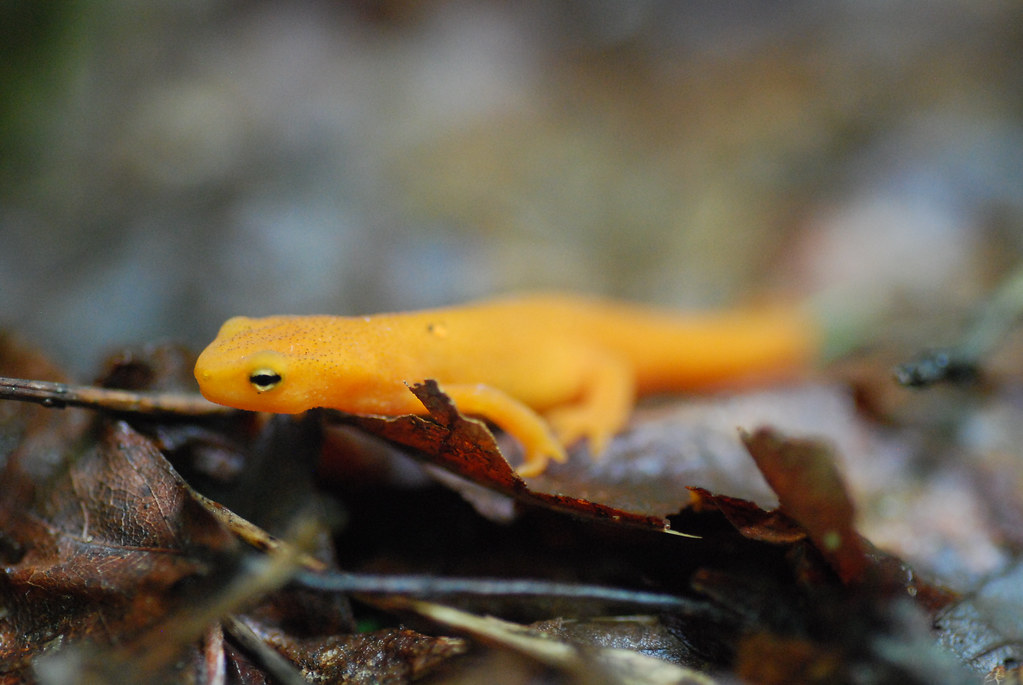
Orange salamander unusually bright salamander in vermont g… Flickr
He is the Orange Bellied Rough Skinned Newt. Making his home his home in coastal areas, he can be encountered by curious dogs and other pets. He prefers forested areas and is typically found near ponds. This large salamander is easily recognized by his bright orange underside and bumpy rough skin covering his upper half.

The Amazing California Newt Newt animal, Weird animals, Reptiles pet
In most populations, Eastern Newt larvae transform into orange to red-colored efts. The efts leave the natal pond and take-up residence in forested areas. The eft stage generally lasts from 2-3 years, but may extend to 7 years in the northern part of the range and in mountainous habitats. The eft stage is skipped in certain populations, with.

Beautiful orange salamanders, Harriman State Park YouTube
Terrestrial (Land) Tank. Land tanks are set up to approximate the environment favored by land-dwelling salamanders. This sort of terrarium should provide areas of light and dark, a damp substrate with leaves and or moss, and shelters made from rocks or small logs. Sufficient humidity must be maintained along with damp retreats.
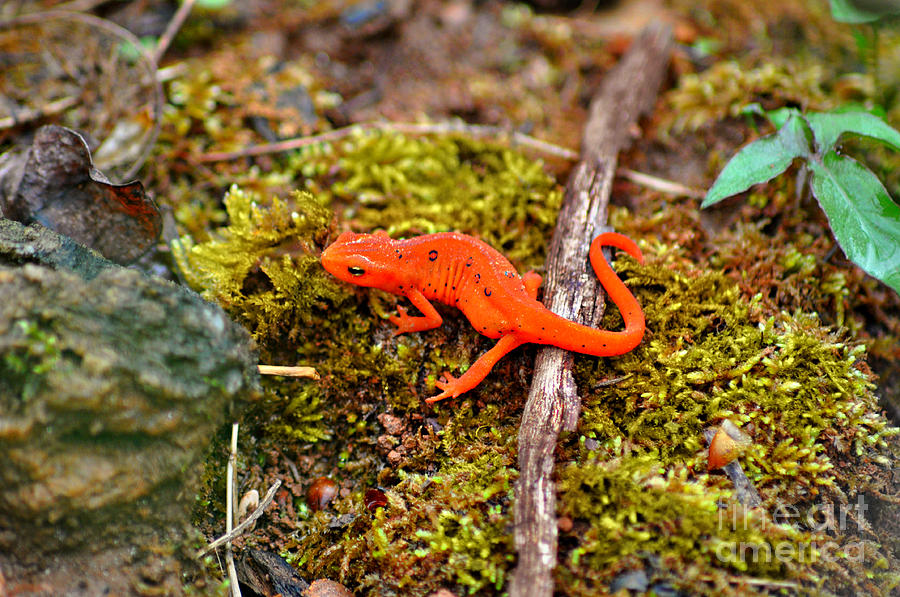
Orange Salamander Photograph by Eric Liller Pixels
Identifying California Salamanders - pictures and range maps for every salamander found in the state. Size: 2 1/4 - 4 in. (5.7 - 10.1 cm) from snout to vent and up to 7 inches (18 cm) in total length (including tail.) This salamander is commonly seen in moist shaded yards and gardens in Northern California, especially around the Bay Area.

Salamander Orangebellied Tuinplan
Compared to other salamander species, newts have large heads with blunt noses. The back is typically light to chocolate brown or black in color; the underside is bright yellow to orange-red. The skin is usually leathery with a granular or warty texture, but this becomes smoother in breeding males during the winter, when the tail enlarges and nuptial pads, used to grasp the female, appear on.
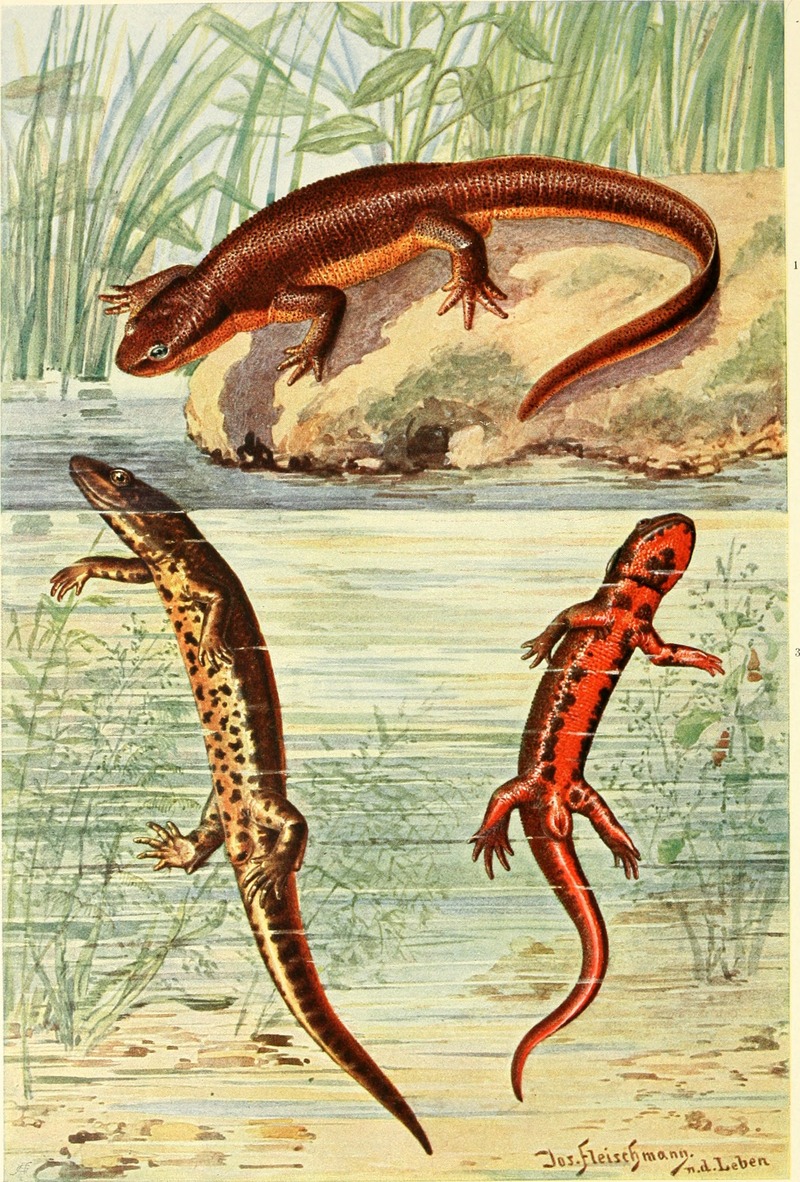
orangebellied newt (Taricha torosa), Sardinian brook salamander (Euproctus platycephalus
1. Use an aquarium or tank to house your salamander. Aquariums or reptile tanks are the best way to house your dear sal. You should use a 10 gallon (37.9 L) tank, as this will provide enough room for your sal to hide, dig, and doze his days away. Aquariums tanks are best used for aquatic and semi-aquatic salamanders.